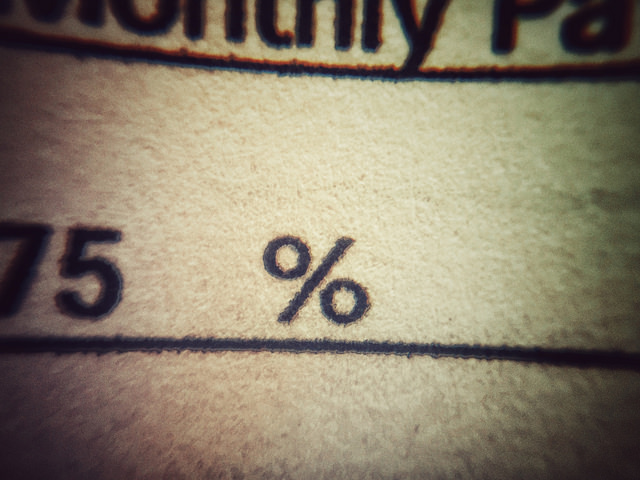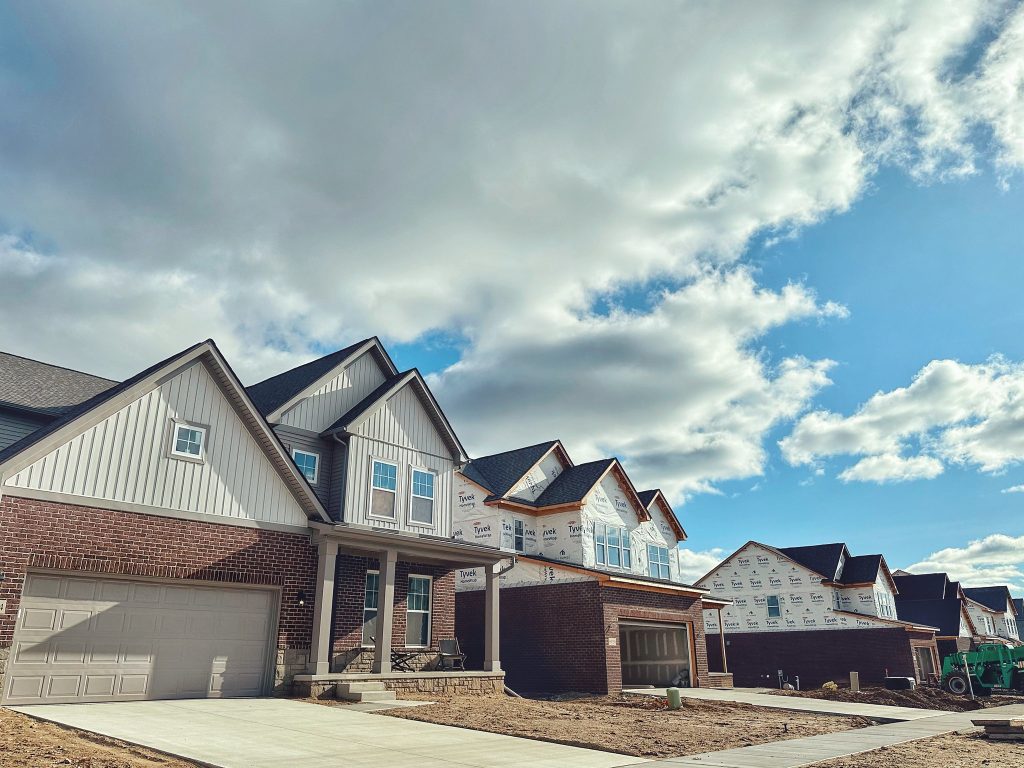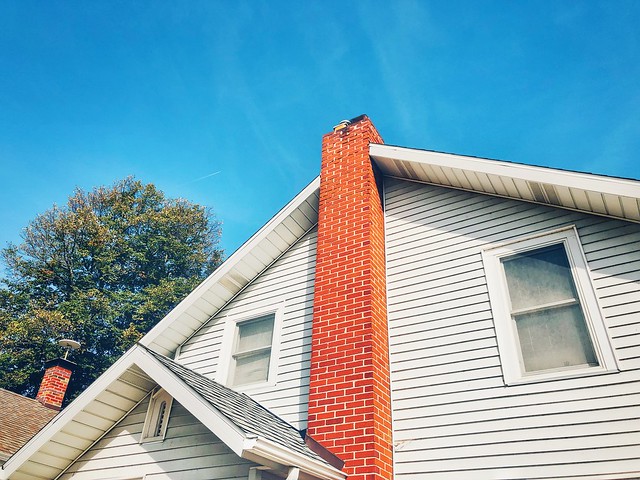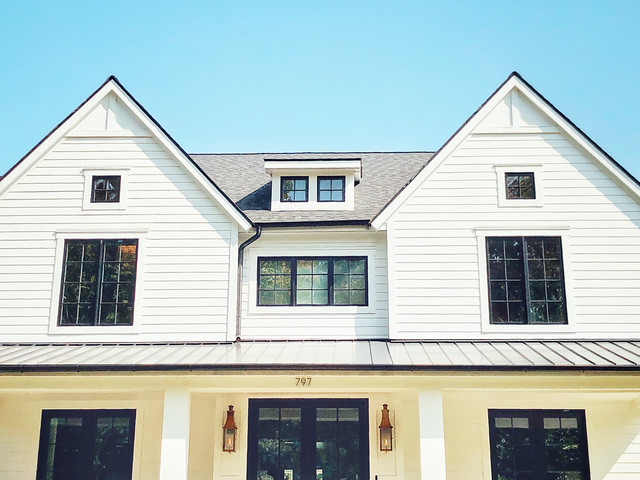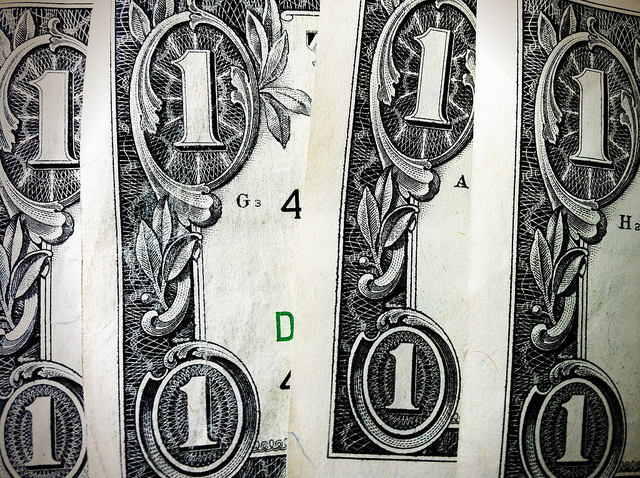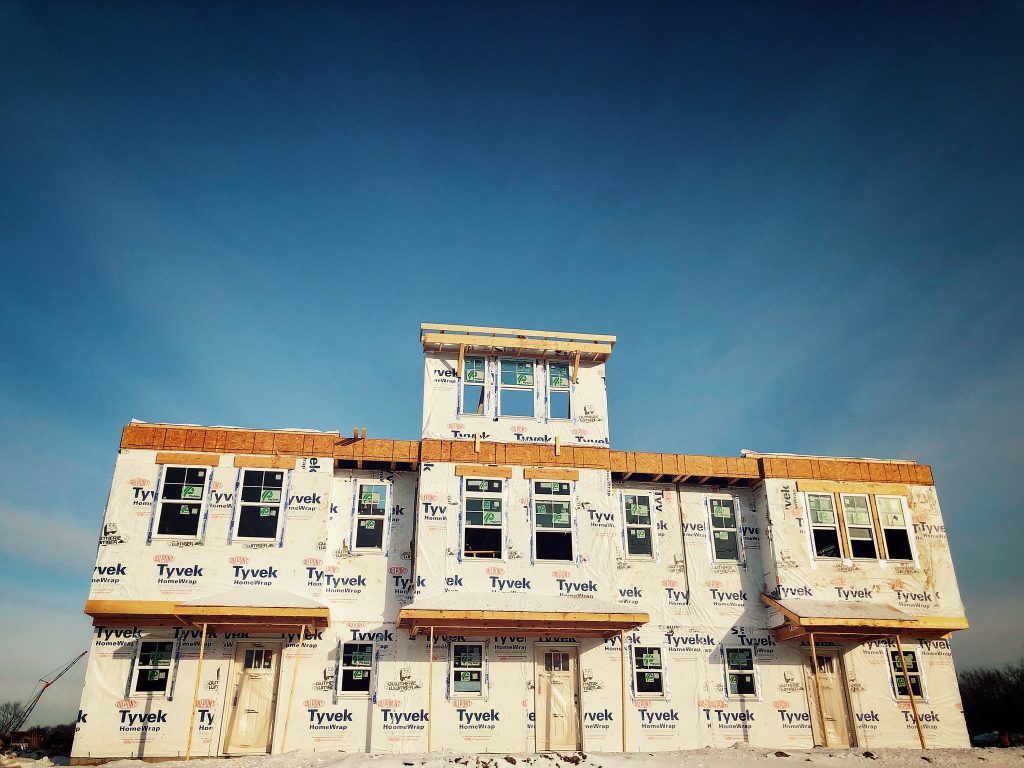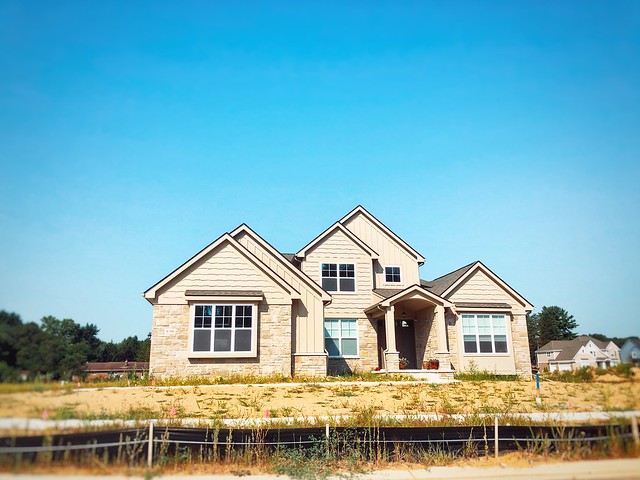According to the Mortgage Bankers Association’s Weekly Applications Survey, average mortgage rates were little changed last week from one week earlier. Rates for 30-year fixed-rate loans with conforming balances, loans backed by the Federal Housing Administration, and 5/1 ARMs all saw slight decreases. Rates for jumbo loans and 15-year fixed-rate loans increased. But though rates were relatively flat, overall demand for mortgage applications still fell 5.6 percent week-over-week. Mike Fratantoni, MBA’s senior vice president and chief economist, says mortgage rates have increased since the beginning of the year. “Mortgage rates were little changed last week, with the 30-year conforming rate declining slightly … but remaining about a quarter percentage point higher than the start of the year,†Fratantoni said. “Higher rates in recent weeks have stalled activity, and last week it dropped more for those seeking FHA and VA refinances.†The MBA’s weekly survey has been conducted since 1990 and covers 75 percent of all retail residential mortgage applications. (source)
